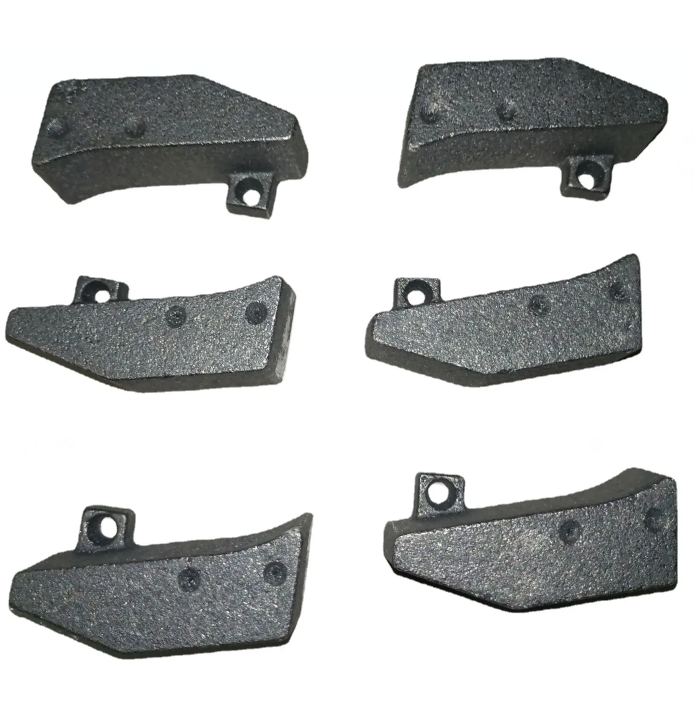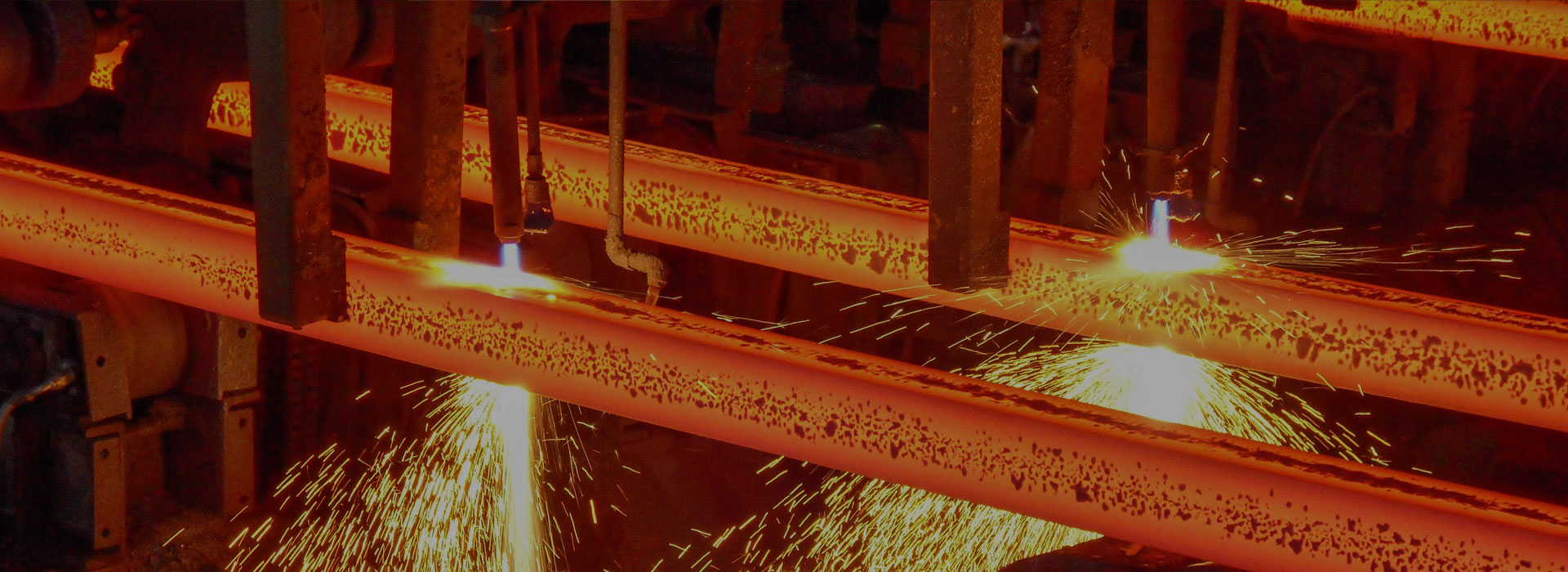Iron casting and resin sand casting
2023-09-14
Iron casting and resin sand casting are two common methods used in the manufacturing industry for producing metal components. Both methods have their own advantages and disadvantages, and are suitable for different applications.
Iron casting is a traditional method that has been used for centuries. It involves melting iron and pouring it into a mold to create the desired shape. The mold is typically made of sand, clay, or a combination of both. Iron casting is known for its high strength and durability, making it suitable for applications that require heavy-duty components. It is commonly used in industries such as automotive, construction, and machinery.
Resin sand casting, on the other hand, is a more modern method that has gained popularity in recent years. It involves mixing sand with a resin binder to create a mold. The mold is then heated to harden the resin and create a solid shape. Resin sand casting offers several advantages over traditional iron casting. It allows for more complex shapes and intricate details to be produced, making it suitable for applications that require high precision. It also has a shorter production cycle and lower production costs compared to iron casting.
Both iron casting and resin sand casting have their own limitations. Iron casting can be time-consuming and labor-intensive, as it requires skilled workers to handle the molten iron and pour it into the mold. It also has limitations in terms of the complexity of shapes that can be produced. Resin sand casting, on the other hand, may not be suitable for applications that require high strength and durability, as the resin binder may not provide the same level of strength as iron.
Iron casting and resin sand casting are two commonly used methods in the manufacturing industry for producing metal components. Each method has its own advantages and disadvantages, and is suitable for different applications. Iron casting is known for its high strength and durability, while resin sand casting offers more flexibility in terms of shape and detail. Understanding the characteristics of each method is important in choosing the most suitable method for a specific application.




